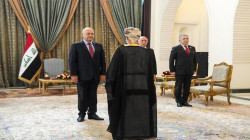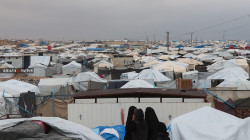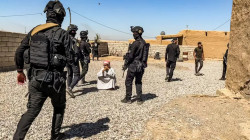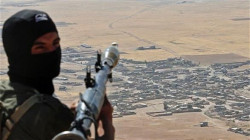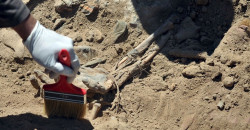Saddam Hussein’s palaces: From lavish mansions to ruins and memorials
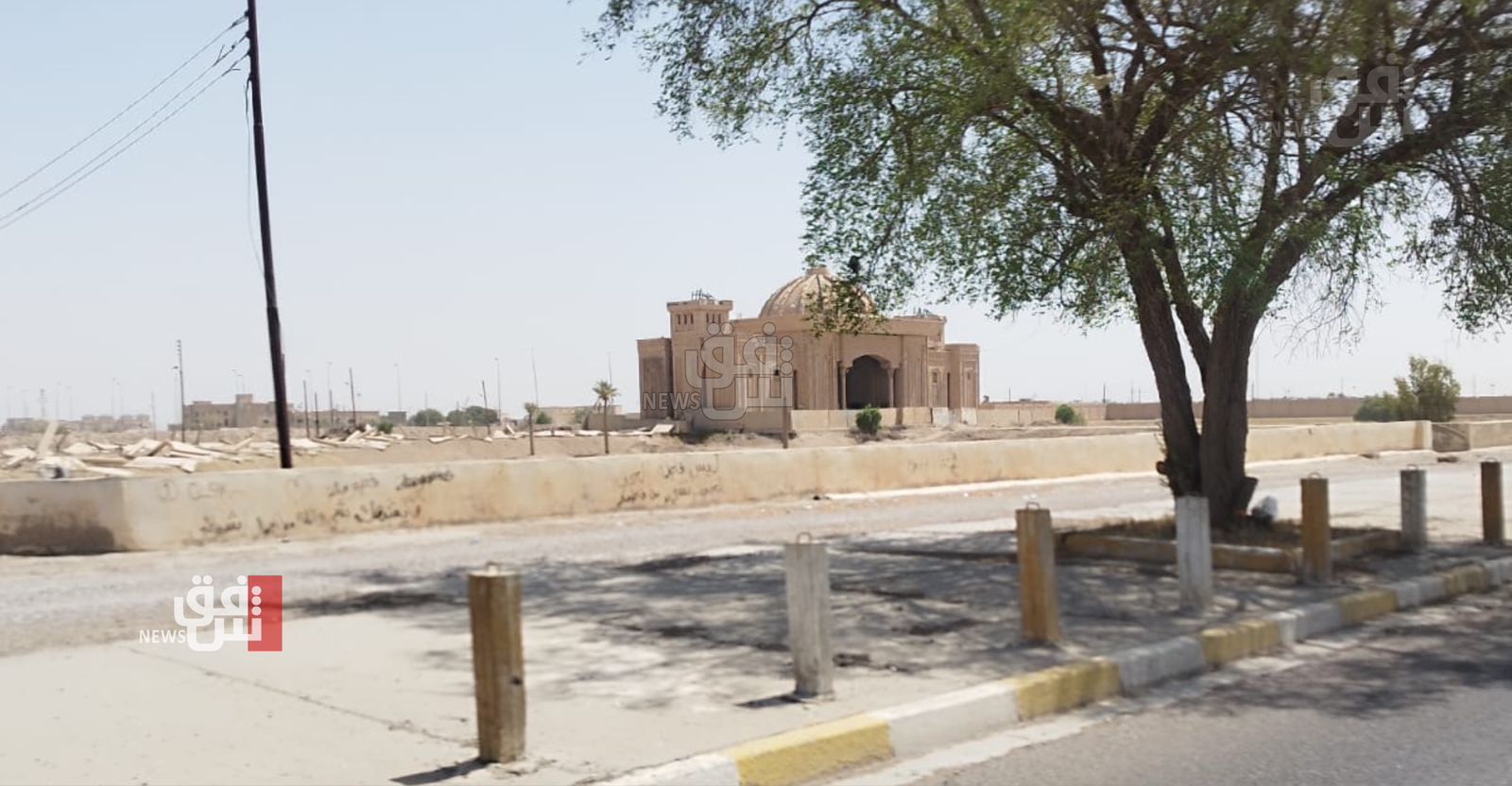
Shafaq News/ As you pass the first checkpoint at the entrance to Kirkuk, heading towards Al-Alam and Tikrit, the ruins of former Iraqi President Saddam Hussein’s palaces come into view. These scenes of destruction and rubble stand as a stark reminder of the millions of dollars spent on these palaces during the economic sanctions era, a time when the majority of Iraqis struggled to secure necessities like bread.
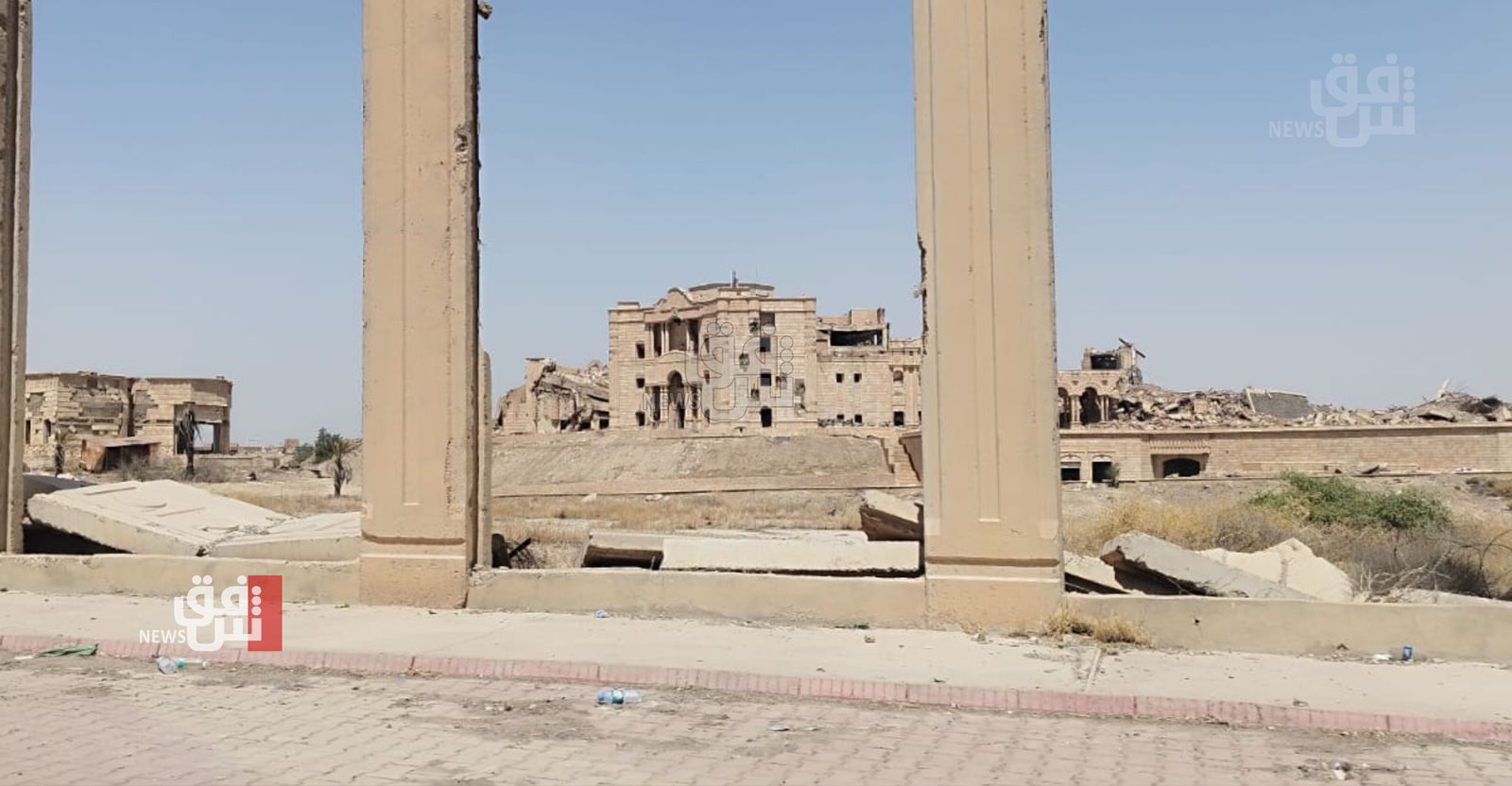
Ruins of Saddam’s Palaces
More than 30 palaces remain standing despite over two decades passing since the fall of Saddam Hussein’s brutal regime. Located along the banks of the Tigris River, the presidential complex in Tikrit housed these palaces, many of which have now been reduced to ruins due to the US-Iraq war in 2003 and subsequent events. American aircraft bombed the area daily during the conflict, turning a significant portion of these structures into rubble. Those palaces that escaped bombings were later looted in the chaos that followed the entry of US forces.
Hussein Al-Tikriti, a former worker involved in the construction of these palaces, told Shafaq News, “The palaces that remain in central Tikrit were designed to be unique in terms of their architecture and materials, most of which were imported from Europe, even as ordinary Iraqis faced dire hardships.”
“The materials used were of the highest quality and imported from abroad.”
Construction of the palaces began in the late 1980s and continued into the 1990s, with most completed by 1994. Work on these sites was continuous and overseen by the Presidential Diwan, Al-Tikriti explained. He spent over eight years working on these palaces, divided into southern and northern sections.
Over 10,000 workers across Iraq were employed, securing a jobs requiring connections with the Special Security Service.
“Saddam Hussein would visit these sites annually, particularly on Thursdays and Fridays,” Al-Tikriti added. “Today, these palaces lie in ruins, despite the billions spent on them.”

Saddam Between the Palace and the Grave
Not far from the presidential palaces, about a kilometer away in Al-Awja, lies a small palace with a large dome that once served as the burial site for Saddam Hussein. After ISIS took control of the area, the grave was bombed by coalition aircraft. Eyewitnesses reported that ISIS and unknown groups attempted to exhume Saddam Hussein’s body.
Hussein Al-Baldawi, a resident of Tikrit living near what is now known as the ISIS Cemetery, told Shafaq News, “Saddam Hussein was buried here, and when ISIS took control of Tikrit, his grave was bombed. ISIS tried to exhume the body, but relatives from his tribe intervened and moved the remains to another location outside Tikrit.”
Al-Baldawi added that Saddam Hussein’s grave had remained untouched for years. He was buried in his hometown of Al-Awja in Saladin governorate after US forces handed over his body to three individuals, including Sheikh Ali Al-Nada of the Al-Bu Nasir tribe, to which Saddam belonged. The town’s entrances were sealed off until the completion of prayers and the burial in the Grand Hall, the exact location where his sons Uday and Qusay and grandson Mustafa were buried after being killed in Mosul by US forces in 2003.
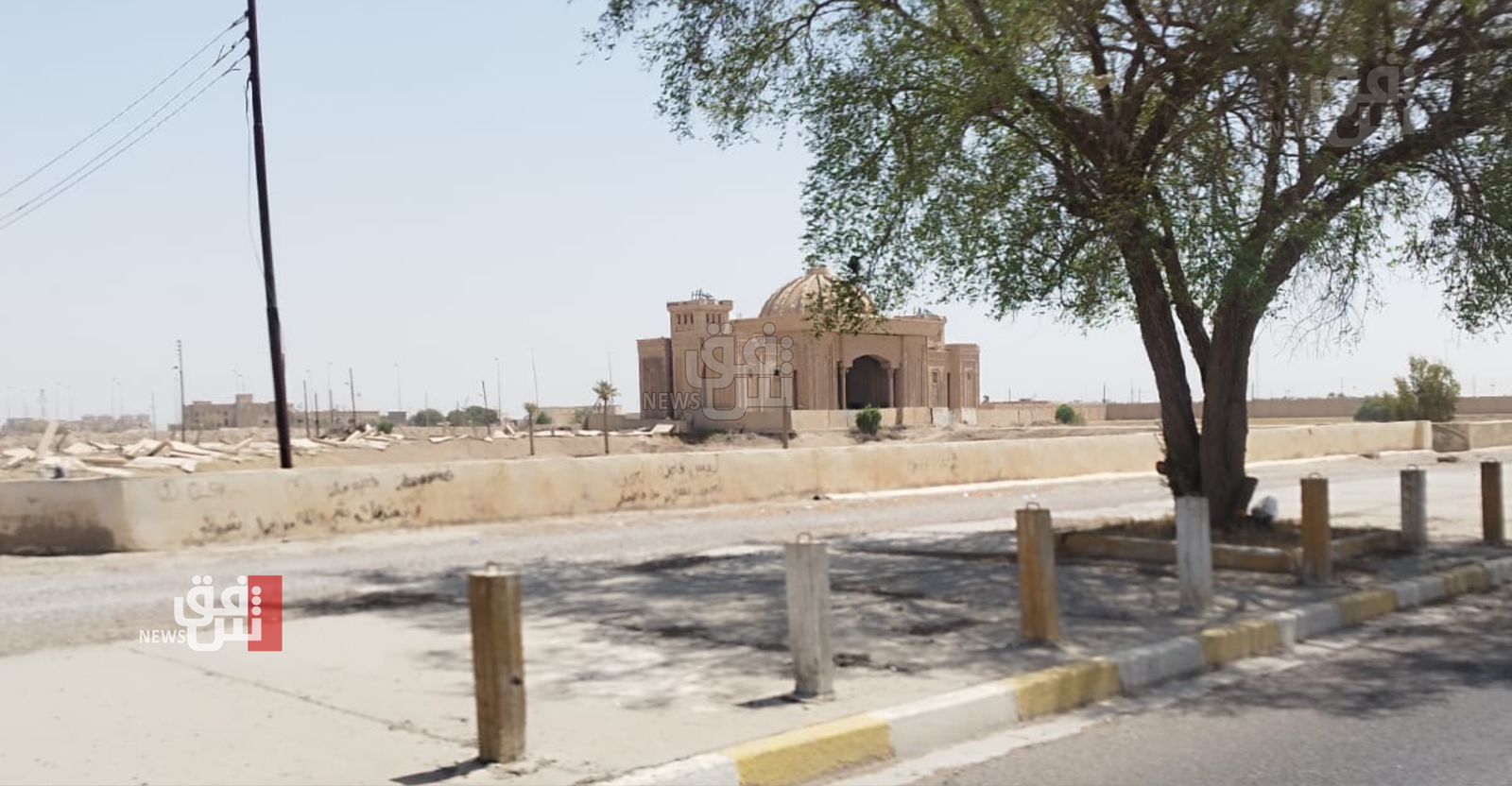
Speicher Memorial
A small building overlooking the Tigris River, once part of the presidential palaces, has now been converted into a Popular Mobilization Forces (PMF) headquarters. This site has become a memorial, marking one of the most horrific crimes in modern Iraqi history, where at least 1,700 cadets were executed in June 2014 after being abducted from the nearby Camp Speicher.
Activist Saadoun Al-Jubouri told Shafaq News, “Some of Saddam’s palaces have been repurposed into sites commemorating the so-called ‘Crime of the Century,’ where ISIS terrorists brutally murdered 1,700 young men. Anyone passing by this place can almost feel the presence of these young souls as if they serve as a living testament to the atrocity committed against Iraqi youth. These young men knew nothing but war and sanctions, living under the constant threat of violence since the Ba’ath Party took power.”
“These palaces stand as a lasting reminder of Saddam Hussein’s tyranny,” Al-Jubouri continued. “While the Iraqi people suffered from hunger and poverty, Saddam was building his palaces with the nation’s wealth. These sites could be transformed into historical landmarks, serving as reminders of the oppression and crimes committed by this man against all the people of Iraq.”

